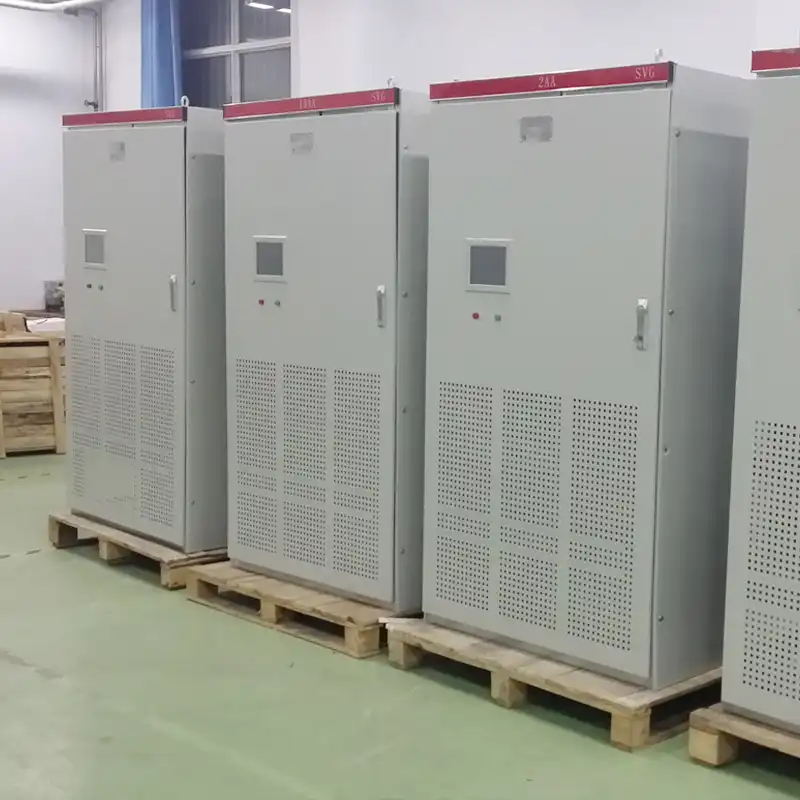How to solve power quality problems in photovoltaic projects?
For companies with photovoltaic (PV) systems, optimizing the power factor through Static VAR Generator (SVG) is an effective strategy for enhancing efficiency and minimizing financial risks. By identifying the root causes of power quality issues and deploying advanced solutions like SVG, businesses can not only comply with utility requirements but also support a more stable and sustainable energy environment.
How PV systems affect power quality
Although photovoltaic (PV) systems are environmentally friendly, they can sometimes lead to power quality issues, particularly concerning power factor. Key factors affecting power factor include:
Inverter Output: PV inverters convert direct current (DC) from solar panels into alternating current (AC). This conversion process can introduce reactive power—power that doesn’t perform useful work—into the system, which can lower the power factor.
Intermittent Solar Power: Solar energy production is highly variable, depending on weather conditions. These fluctuations can impact grid stability and lead to variations in power factor.

How to Address Low Power Factor in PV Systems
Capacitors bank: Capacitors bank can help correct power factor issues by compensating for reactive power in the system. However, their effectiveness diminishes when PV output surpasses load demand.
Optimizing Inverter Settings: Advanced inverters can enhance power quality by adjusting their output. However, this approach often requires complex control strategies and regular maintenance, which can be challenging for many operators.
Static VAR Generators (SVG): SVG offer a cutting-edge solution for managing power factor in PV systems. They can dynamically generate or absorb reactive power as needed, regardless of the power flow direction. This makes SVG particularly effective in environments with high levels of PV integration.
Benefits of Static VAR Generators (SVG)
Flexibility: SVG offer dynamic power factor correction that adjusts quickly to changes in load and generation conditions without the need for manual intervention.
Efficiency: By continuously optimizing power factor, SVGs minimize reactive power in the system, enhancing overall power quality and reducing the risk of financial penalties.
Reliability: SVG enhance grid stability by compensating for the intermittent fluctuations in output from PV systems, ensuring a more consistent and reliable power supply.
For businesses with PV systems, leveraging SVG to optimize power factor is a highly effective strategy to boost efficiency and mitigate financial risks. By addressing power quality issues with advanced solutions like SVG, companies can not only meet utility requirements but also support a more stable and sustainable energy landscape.



